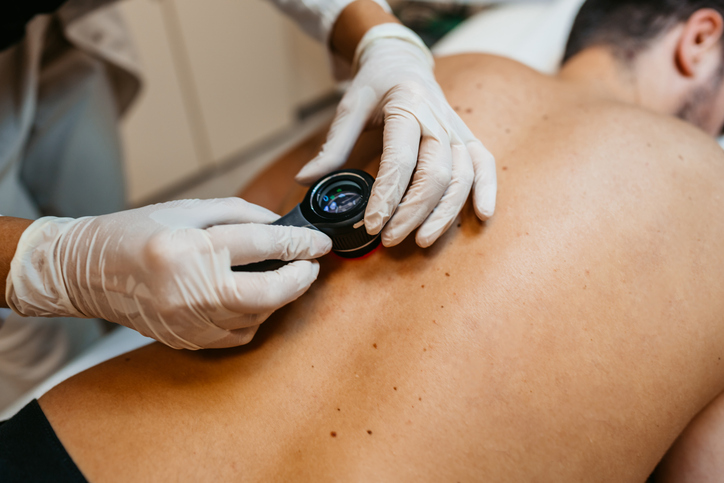
Researchers are questioning whether a cancer diagnosis may be better left unsaid as overdiagnoses become a significant problem.
Professor Paul Glasziou, lead study author and director of the Institute for Evidence-Based Healthcare at Bond University, said that advances in testing and screening have led to overdiagnosis.
“The problem is that some screening identifies abnormal cells that look like cancer but don’t behave like cancer. However, reducing that problem is not easy, as some types of screening are important,” he said in a press release. In addition to screening, other medical testing has also increased diagnoses: “While much of the overdiagnosis is due to screening, many overdiagnosed cancer cases are incidental findings, that is, the patient is being tested for something else when the cancer is detected.”
The study, published in The Medical Journal of Australia, compared Australian Institute of Health and Welfare national data to ascertain recent (2012) and historical (1982) lifetime risks of prostate, breast, renal, and thyroid cancers, and melanoma. The primary outcome measure was the difference in lifetime cancer diagnosis risks between the historical and recent time periods. Analyses by gender were performed.
Overdiagnoses Are Common Across Cancer Types
Among women, the following increases for absolute lifetime risk were observed: breast cancer, 3.4 percentage points (invasive cancers, 1.7 percentage points); renal cancer, 0.6 percentage point; thyroid cancer, 1.0 percentage point; and melanoma, 5.1 percentage points (invasive melanoma, 0.7 percentage point). Overdiagnosis rates were: breast cancers, 22% (invasive cancers, 13%); renal cancers, 58%; thyroid cancers, 73%; and melanomas, 54% (invasive melanoma, 15%). Overall, 18% of all cancer diagnoses and 8% of invasive cancer diagnoses were classified as overdiagnoses.
Among men, the following increases for absolute lifetime risk were observed: prostate cancer, 8.2 percentage points; renal cancer, 0.8 percentage point; thyroid cancer, 0.4 percentage point; and melanoma, 8.0 percentage points (invasive melanoma, 1.5 percentage points). Overdiagnosis rates were: prostate cancers, 42%; renal cancers, 42%; thyroid cancers, 73%; and melanomas, 58% (invasive melanomas, 22%). Overall, 24% of cancer diagnoses and 16% of invasive cancer diagnoses were classified as overdiagnoses.
“Getting the balance right between too little and too much screening and testing will not be easy, but this is an important step, ” said Professor Glasziou.
Associate Professor Katy Bell of University of Sydney, a co-author of the study, added, “Patterns of increased test use, cancer incidence, or treatment rates, without corresponding rises in mortality could indicate emerging areas of overdiagnosis.”
She also recommended, “People still need to remain vigilant when it comes to early detection of cancers, however they need to be informed and engage in shared decision making with their medical professionals about the harms of cancer screening and other associated procedures.”






 © 2025 Mashup Media, LLC, a Formedics Property. All Rights Reserved.
© 2025 Mashup Media, LLC, a Formedics Property. All Rights Reserved.